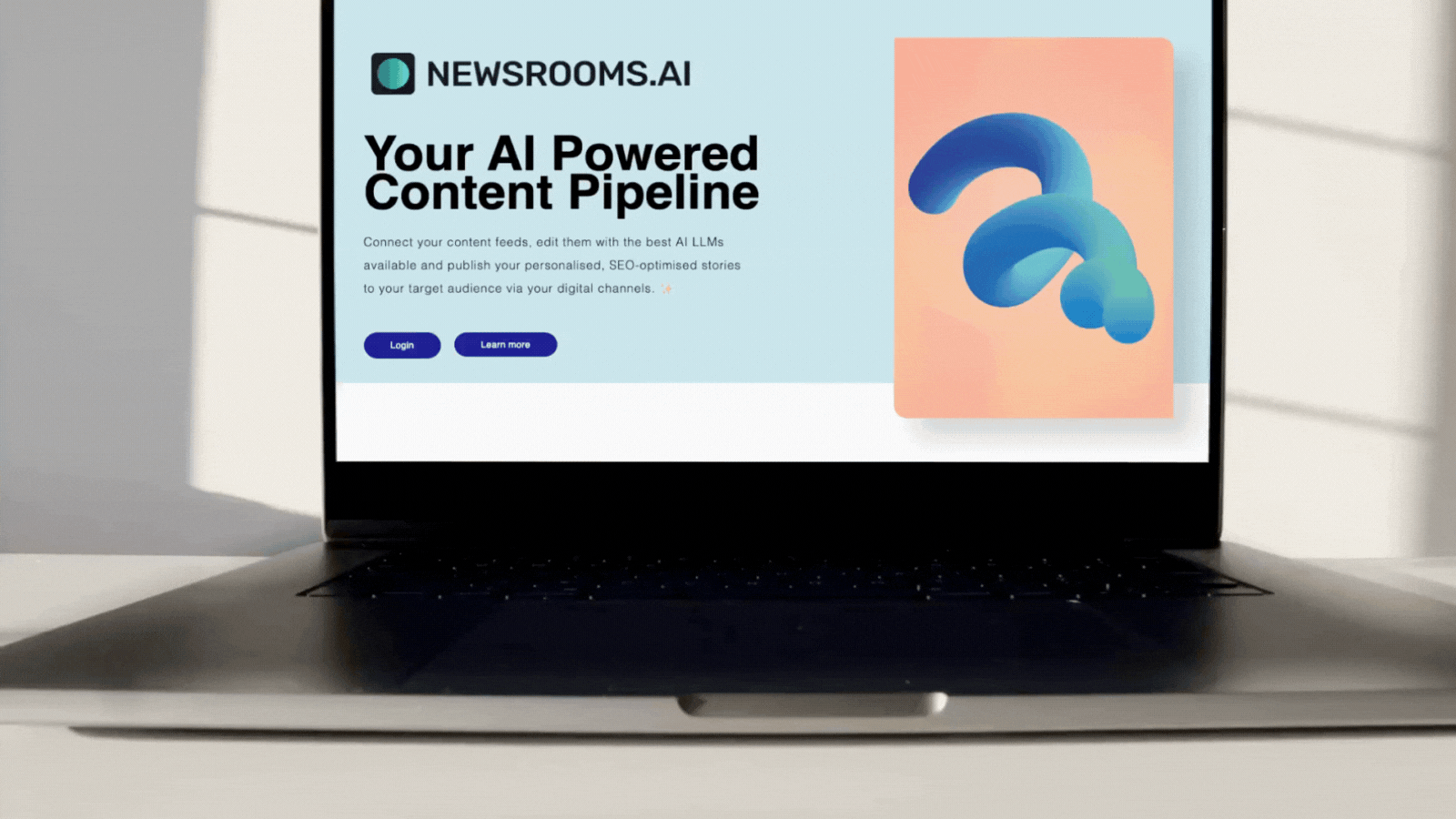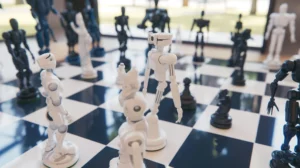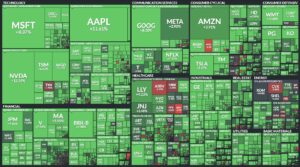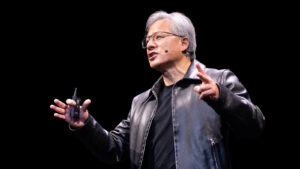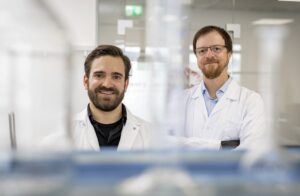Figure AI: Robot startup terminates partnership with OpenAI, relies on its own LLMs
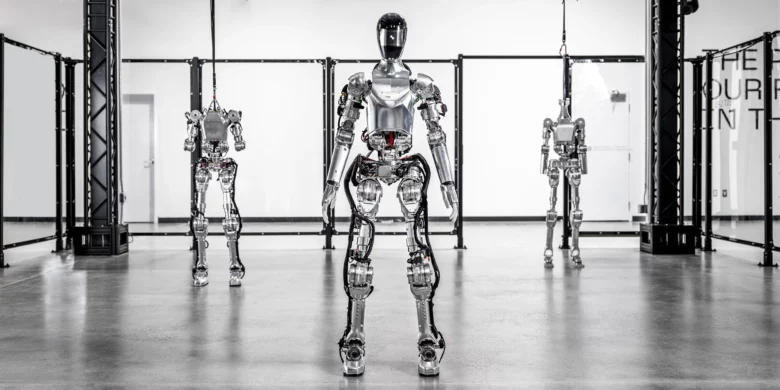
Figure AI, a Silicon Valley company specializing in humanoid robots, has unexpectedly ended its collaboration with OpenAI. The reason is a “groundbreaking breakthrough” in the development of its own AI models, as the company announced on X.
CEO Brett Adcock announced that he would present a “unique innovation” for humanoid robots within the next 30 days, without revealing any specific details. The decision marks a strategic shift: instead of relying on partnerships, Figure is now pursuing a vertically integrated solution in which hardware and software are closely interlinked.
The cooperation between Figure and OpenAI, which was concluded last year, was originally aimed at developing AI models for humanoid robots. OpenAI also participated in a $675 million financing round that gave Figure a $2.6 billion valuation. Despite the prominent partnership, Adcock emphasized in an interview with TechCrunch that generic AI models like those from OpenAI are not sufficient to effectively scale “embodied AI” – i.e. AI in physical robots.
Vertical integration as a key strategy
While Figure AI is pulling back, OpenAI is stepping up its involvement in the humanoid sector. In addition to its stake in Norwegian startup 1X, which develops robots for the home, the company recently filed a patent for “programmable humanoid robots with learning functions.” This indicates its own hardware ambitions, even if patent applications are not product announcements. Adcock pointed out that Figure’s priority area of application will continue to be industrial environments, as shown by its ongoing collaboration with BMW at a plant in South Carolina.
Figure AI is pursuing an approach reminiscent of Apple’s closed ecosystem: complete control over AI software and robot hardware is intended to achieve optimal performance integration. “In order to realize embodied AI on a large scale, this unity is needed,” explained Adcock. The company has massively expanded both its software and hardware teams and recently moved to larger offices in Silicon Valley.
Industry trends and competitive landscape
Figure AI’s move reflects a larger trend in the robotics industry. While many manufacturers like Boston Dynamics rely on partnerships – for example with Toyota Research Institute – the development of proprietary AI models is becoming more important. The challenges lie in the resource expenditure: vertical integration requires capital and expertise, which Figure is securing with a total of $1.5 billion in financing.
With the announced technology demonstration in 30 days, Figure AI is positioning itself as an innovative pioneer. The robotics industry will be watching with interest to see whether the “breakthrough” meets expectations – especially given that OpenAI is apparently pursuing its ambitions in the humanoid robotics sector in parallel.







